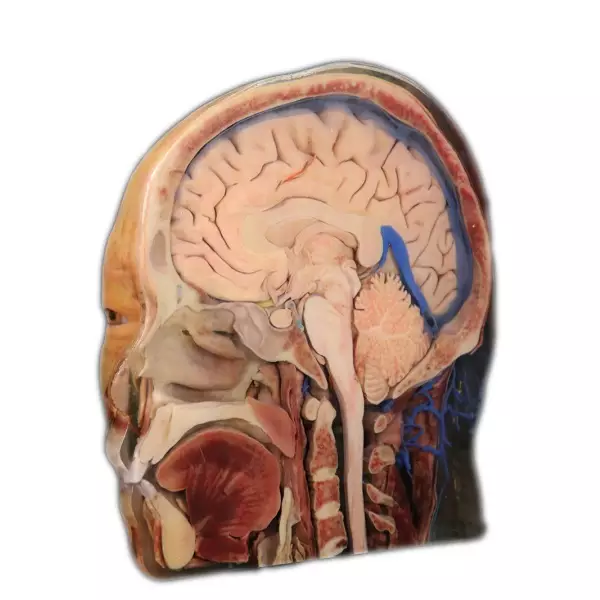As a writer, I am thrilled to delve into the captivating realm of human anatomical models. These incredible tools have revolutionized the way we study and understand the complexities of the human body.
The Power of Human Anatomical Models

Human anatomical models provide an invaluable resource for medical professionals, educators, and students alike. With their lifelike representations, these models offer a hands-on learning experience that enhances comprehension and retention. By allowing individuals to interact with accurate replicas of organs, bones, and systems within the body, they bridge the gap between theory and practice.
Moreover, human anatomical models serve as indispensable aids in patient education. They enable healthcare providers to effectively communicate complex medical conditions or procedures to their patients in a visual manner. This not only empowers patients with knowledge but also fosters trust between them and their healthcare providers.
The Revolutionary DIGIHUMAN Model
An exciting development in this field is the introduction of DIGIHUMAN – a cutting-edge digital human anatomy model that takes realism to new heights. Utilizing advanced technology such as 3D scanning and virtual reality simulations, DIGIHUMAN offers an immersive learning experience like no other.
DIGIHUMAN allows users to explore every intricate detail of the human body through interactive interfaces. From zooming in on specific organs to dissecting layers virtually, this model provides an unparalleled level of interactivity that greatly enhances understanding.
Anatomy of a Table: A Cost Analysis
When considering investing in human anatomical models for educational institutions or medical facilities, it is essential to conduct a cost analysis known as “anatomy of a table.” This approach evaluates various factors such as initial investment costs versus long-term benefits provided by the models.
While human anatomical models may require a significant upfront investment, their long-term value cannot be understated. These models have proven to enhance learning outcomes, improve student engagement, and ultimately contribute to better patient care. Additionally, they eliminate the need for repeated procurement of cadavers or expensive imaging technologies for educational purposes.
The Conclusion
In conclusion, human anatomical models are indispensable tools that revolutionize medical education and patient understanding. Whether in traditional physical form or through innovative digital platforms like DIGIHUMAN, these models provide an immersive experience that enhances knowledge retention and fosters effective communication between healthcare providers and patients.
Considering the long-term benefits they offer compared to initial costs, investing in human anatomical models is a wise decision for any institution committed to excellence in medical education and patient care.

